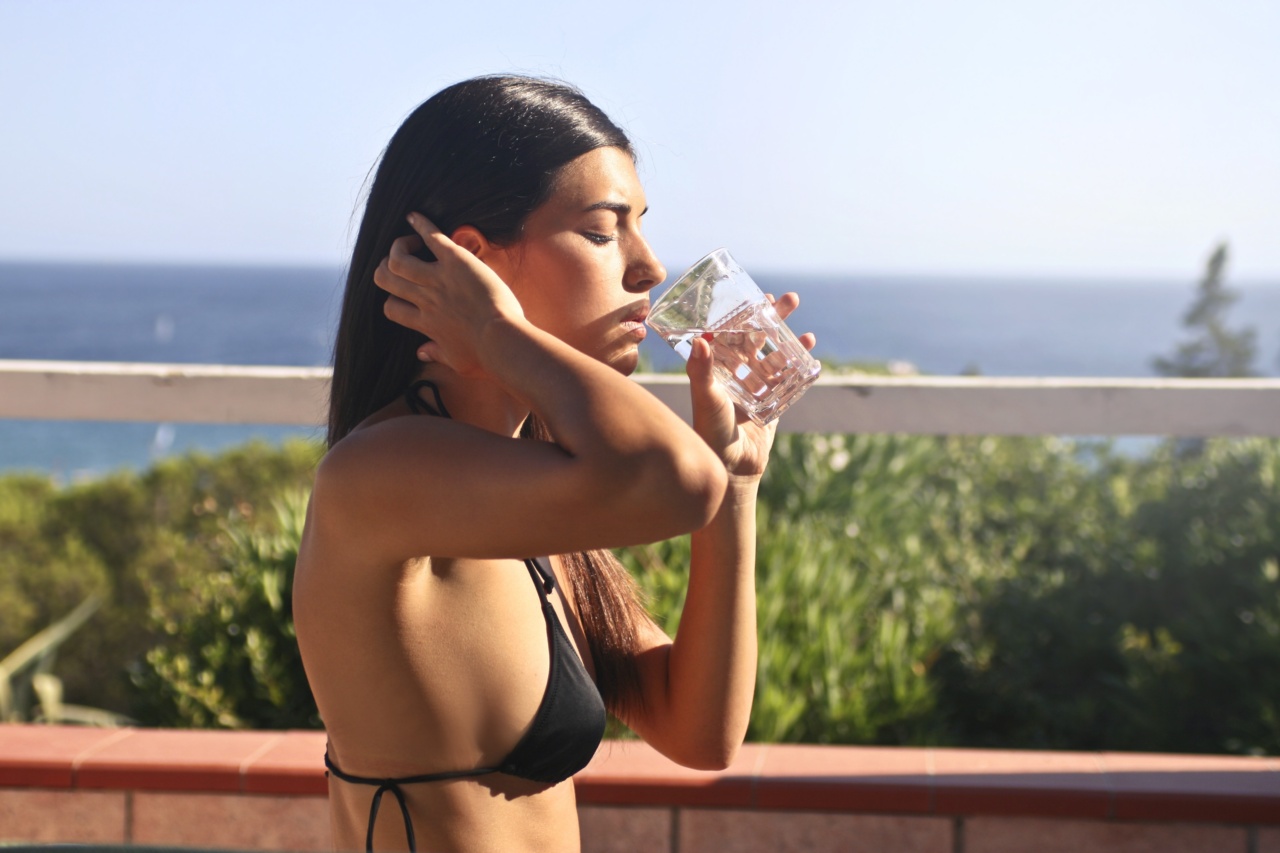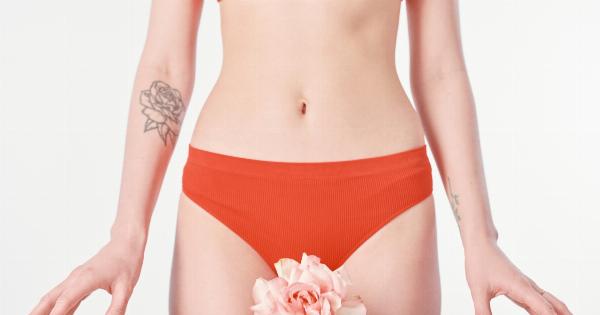We live in a world that constantly puts pressure on us to look a certain way. Media images bombard us with flawless bodies, perpetuating unrealistic beauty standards.
As a result, many people find themselves focusing on their perceived imperfections instead of embracing their unique features. It’s important to remember that no one is perfect, and the beauty of human bodies lies in their diversity.
In this article, we will explore the not-so-attractive areas of the body, discussing common concerns, causes, and potential treatments for each. It’s time to shift our perspective and learn to love ourselves, flaws and all.
1. Acne-Prone Skin
Acne is a common skin condition that affects millions of people worldwide. It can be an incredibly frustrating and challenging issue, especially for teenagers and young adults.
Acne often manifests as pimples, blackheads, and whiteheads, primarily affecting the face, chest, and back. Hormonal changes, poor skincare habits, diet, and genetics are some of the factors that contribute to acne breakouts.
Treatments for acne vary depending on its severity. Over-the-counter products containing salicylic acid or benzoyl peroxide can help in mild cases.
For moderate to severe acne, dermatologists may prescribe topical or oral medications, such as retinoids or antibiotics. Consistent skincare routines, a healthy diet, and avoiding picking or popping pimples can also aid in managing acne.
2. Cellulite
Cellulite, dimpled skin commonly found on the thighs, buttocks, and abdomen, affects individuals regardless of their weight or body type. Contrary to popular belief, cellulite is not solely caused by excess fat.
It occurs when the structure of the skin’s connective tissue weakens, allowing pockets of fat to protrude, resulting in the characteristic dimpling appearance. Hormonal factors, genetics, and poor blood circulation contribute to the development of cellulite.
While completely eradicating cellulite is challenging, certain lifestyle changes can help minimize its appearance. Regular exercise, particularly strength training, improves muscle tone, reducing the visibility of cellulite.
Dry brushing, massage therapy, and using specialized creams and treatments may also temporarily improve the appearance of cellulite.
3. Stretch Marks
Stretch marks are lines that appear when the skin is stretched rapidly, often due to growth spurts, pregnancy, or weight fluctuations. They commonly occur on the abdomen, breasts, thighs, and buttocks.
Stretch marks are a result of the skin’s elastin and collagen fibers tearing, causing red or purple marks that gradually fade to white or silver.
Various creams and oils claim to fade stretch marks, but their effectiveness varies. Retinoid creams may help promote collagen production, reducing the appearance of stretch marks.
Laser therapy and microdermabrasion are other options used to treat stretch marks, but they can be costly and may require multiple sessions.
4. Dark Circles and Under-Eye Bags
Dark circles and under-eye bags can make us appear tired and older than we actually are. Lack of sleep, aging, genetics, allergies, and dehydration are common causes of these under-eye concerns.
Dark circles occur due to blood vessels showing through the thin skin around the eyes, while under-eye bags are caused by fat and fluid accumulation.
Getting sufficient sleep, managing allergies, and staying hydrated can help alleviate dark circles and under-eye bags.
Applying cold compresses or using specialized eye creams containing ingredients like caffeine or hyaluronic acid may also temporarily reduce their appearance.
5. Excessive Sweating
Excessive sweating, medically known as hyperhidrosis, affects individuals who produce unusual amounts of sweat, often disrupting their daily lives. It can occur under the arms, on the palms, or on the soles of the feet.
Hyperhidrosis is primarily caused by overactive sweat glands and can be exacerbated by stress, heat, or hormonal changes.
Several treatments are available to manage excessive sweating. Prescription antiperspirants containing aluminum chloride hexahydrate can help reduce perspiration.
Botox injections can be used to temporarily block the nerve signals responsible for sweating. In severe cases, surgical procedures like sweat gland removal or nerve surgery may be considered.
6. Thin or Sparse Hair
Hair thinning or sparse hair is a common concern for both men and women. Various factors, including genetics, hormonal imbalances, nutritional deficiencies, and certain medical conditions, can contribute to hair loss.
It can negatively impact self-esteem and body image.
There are different treatment options for thin or sparse hair, depending on the underlying cause. Topical solutions like minoxidil can stimulate hair growth and slow down hair loss.
Prescription medications like finasteride may be recommended for certain cases. Hair transplantation or scalp micropigmentation are options for individuals seeking more permanent solutions.
7. Uneven Skin Tone
Uneven skin tone, often referred to as hyperpigmentation or dark spots, occurs due to an overproduction of melanin in specific areas of the skin. It can result from sun exposure, hormonal changes, acne scars, or certain skin conditions.
Uneven skin tone can affect individuals of all skin types and ethnicities.
Basic skincare practices, such as wearing sunscreen daily and using products containing ingredients like vitamin C or niacinamide, can help prevent and reduce the appearance of uneven skin tone.
Chemical peels, microdermabrasion, and laser treatments are more intensive options for improving skin tone and texture.
8. Visible Scars
Scars can be a lasting reminder of past injuries, surgeries, or skin conditions. Some scars may fade over time, but others remain more visible. Factors like wound depth, location, and individual healing process contribute to scar appearance.
Treatments for visible scars vary depending on their type and severity. Topical creams or gels containing silicone, vitamin E, or onion extract can help improve their appearance.
Laser therapy, dermabrasion, or surgical scar revision may be recommended in certain cases. It’s important to consult with a dermatologist or plastic surgeon to determine the most suitable treatment options.
9. Varicose Veins
Varicose veins are enlarged, swollen veins that often appear on the legs and feet. They can be blue, purple, or red in color, and their bulging and twisted appearance can cause discomfort and self-consciousness.
Varicose veins are caused by weakened valves and poor blood circulation.
Lifestyle changes can help manage varicose veins, such as regular exercise, elevating the legs, wearing compression stockings, and avoiding prolonged sitting or standing.
Sclerotherapy, laser treatments, or surgical procedures may be recommended for severe cases.
10. Body Odor
Body odor is a natural phenomenon caused by the breakdown of sweat by bacteria on the skin’s surface.
While everyone experiences body odor to some extent, certain individuals may be more prone to it due to factors like genetics, diet, or underlying medical conditions.
Practicing good hygiene, including regular bathing, using antibacterial soaps, and wearing breathable fabrics, can help combat body odor. Antiperspirants and deodorants can also be used to reduce sweating and mask odor.
In cases where body odor is a persistent concern, medical evaluation may be necessary to rule out any underlying conditions.
Remember, embracing and maintaining self-confidence is crucial regardless of the not-so-attractive areas of our bodies. Recognize that beauty comes in all shapes, sizes, and conditions.
By prioritizing self-care and adopting a positive mindset, we can learn to love and appreciate our bodies for all their uniqueness and imperfections.































